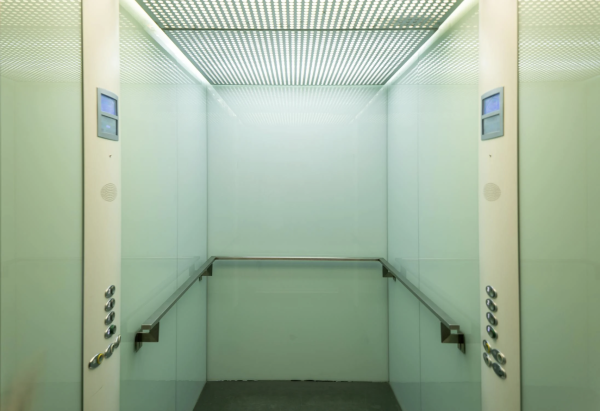Getting Rid of the Plus-Minus Grading System Would Be a Huge Minus
The Tut House administration implemented a new grading system, starting with the class of 2019, that eliminates the plus-minus extensions of the numerical 1-7 scale. According to Tut House principal Antoine Delaitre, the “simpler and clearer” grading scale was implemented for Tut 1s to Tut 3s following an extensive faculty discussion last year. The Principal assured students and parents in his back-to-school newsletter that the changes are “designed with the students in mind, in order to incorporate best practices in international education, and ensure that the feedback given to students is clear, detailed and consistent as possible here at UNIS.”
The newsletter itself briefly informs us of the transformations we are expected to passively accept. More detailed justifications were included in the a linked PowerPoint.
For the most part, the provided definition of “assessment” in this presentation is reasonable; yes, assessment is “a process for gathering information about students’ performances.” Report cards and graded assignments are the means by which schools can identify which of its students are performing well and which are not. Assessments are also important in informing students about their achievements (or lack thereof), so that they can solidify or improve their academic performance. For this reason, it is important that the grade a student receives is accurate and consistent with his or her semester performance.
However, the UNIS administration does not apply an appropriate definition of “consistency” to its new grading policies. To me, “consistency” implies that a student’s report card grades should be congruent with the ones they have received in the course. Consistency does not mean grade uniformity among students who have clearly performed at different levels (i.e. a student who regularly receives 80% in math should not be rewarded the “consistent” grade as someone who achieves 89%, which, according to the new UNIS grading system, could potentially be a 6 in both cases).
In the PowerPoint, the grading philosophy at UNIS is “based on the desire to treat all students as capable of high levels of performance, and on the assumption that all students can and should learn well,” and that “the purpose of grading at UNIS is to assess students on pre-set learning objectives, not against one another (ranking).” While this philosophy might reflect an ideal mindset of teachers and students, it is not practical or beneficial. Comparisons and competition are natural motivations for academic growth. UNIS does not want to make comparisons, which is understandable. But the fear of comparing students to each other does not justify giving students lower or higher grades than they deserve. A wide range of grades does not necessarily warrant comparison; rather, it provides subtle distinctions between levels of achievement. This is good, and sometimes even essential when it comes to university admissions.
The administration is under the impression that the new grading system will make students’ grades “easier for universities to understand.” I think the opposite is true: using a plus-minus scale allows for more distinction between academic performance level, which can be useful to a university during the admission process.
Part of an admission decision is dependent on finding subtle differences among their many applicants. By incorporating specific increments, it is easier for universities to recognize the student with the stronger grades. For instance, a consistent 5+ student is noticeably different academically from a student who generally receives 5s. In the new grading system, both would receive 5s. There is no distinction, and as a result, the decision is ultimately left to chance.
The new grading system is also less effective in reflecting academic growth.For instance, a student who receives a 6- on a report card only has to improve a maximum of three percent to reach the next grading threshold (6). This minimal difference will increase the likelihood that the student will improve their grade, and, consequently, increase their GPA.
Conversely, with the new grading system, a student who consistently achieves low eighties in his classes, and is awarded a 6, must improve by a 10% margin in order to improve his numerical grade and reflect an upward trend in his transcript. This is exponentially harder to accomplish.
This also ties into the motivational factor of our grading systems. According to the PowerPoint, the “+/- motivation” is an illusion. That’s not exactly true. Students are motivated by the fact that there is a higher grade available that they can attain through commitment and hard work. A student’s incentive is correlated to the probability that they will improve. The possibility that a student improves by one to three percent is more likely than ten percent; if they understand that a three percent improvement will cause a noticeable change to their grades, the student might be more motivated to work to meet the necessary requirements. If a student must improve by 10 percent in a class, he or she might be discouraged from trying harder.
The new grading system is anti-motivational, and is structured under the false assumption that each student can improve by this large amount.







